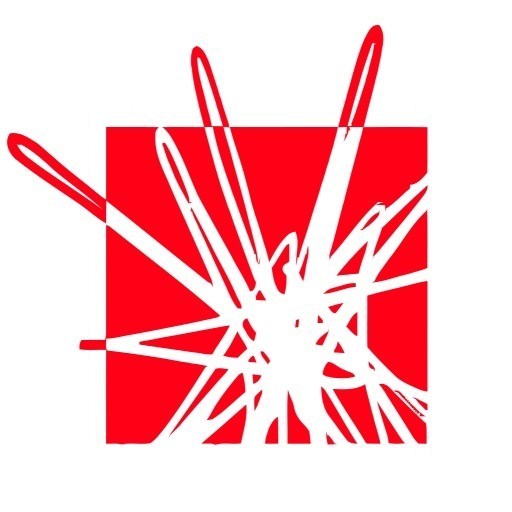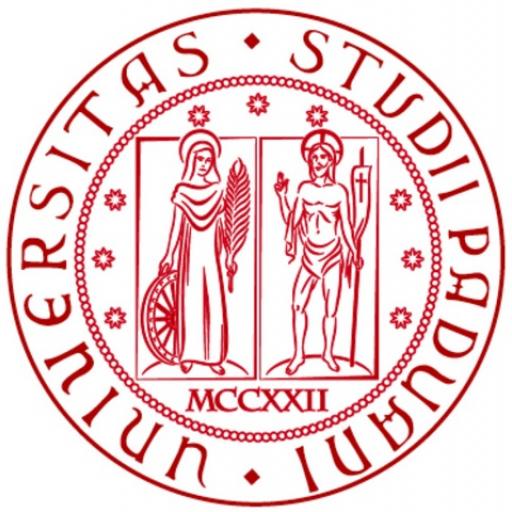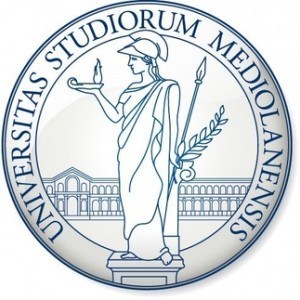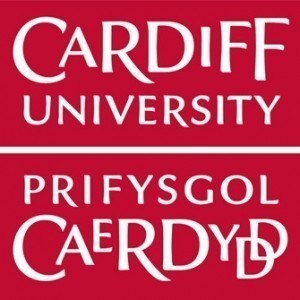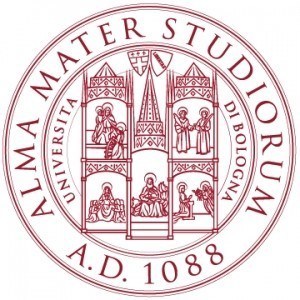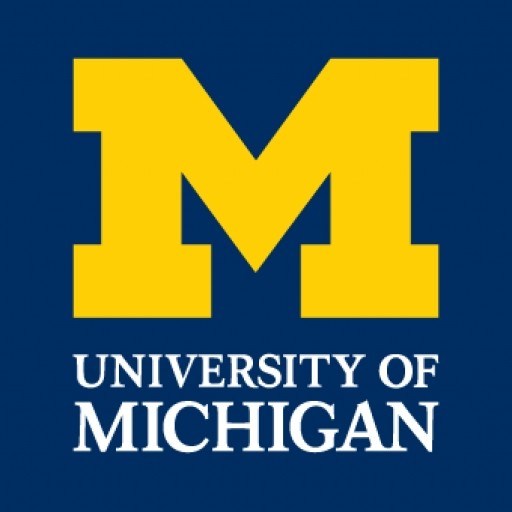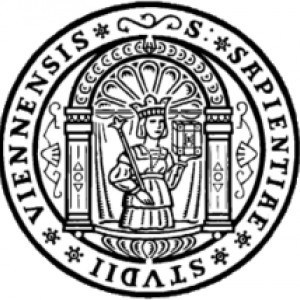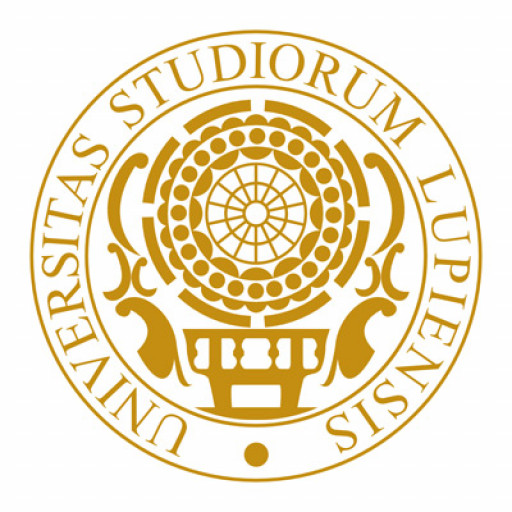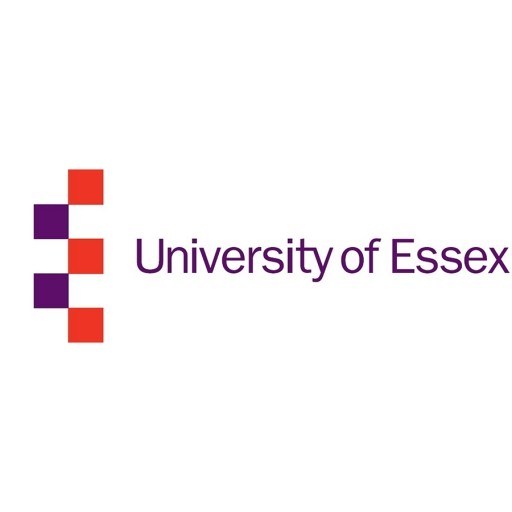Photos of university / #solentuniofficial
Advertisement
Fashion writing and communication is a rapidly developing area and offers a range of opportunities, from traditional print journalism to more recent developments of online media and visualisation through photography and fashion film.
This MA in fashion writing builds your knowledge and experience of editorial and multi-platform advances in fashion journalism.
Taking its lead from the dynamically evolving media industry, the degree equips journalists with advanced skills, coupled with an understanding of theory and analysis related to aesthetics, audience, consumption and display.
Our course is delivered by practitioners and experts in journalism and fashion theory. Journalistic expertise and knowledge are delivered through practice-based workshops and training sessions, lectures, seminars and writing workshops. You will participate in practical exercises, group work, independent writing, individual research and extensive reading. Both academic and practical sessions will introduce you to the world of fashion design and communication, including film, blogging, editing, writing, art direction, fashion history and research.
The final major project in semester 3 (May to end of July) has several options which will be discussed with supervisory tutors. For those who want to explore wider European fashion, we have an exchange programme with Milan, the centre for ready-to-wear fashion. You have the opportunity to live and study at the Università Cattolica del Sacro Cuore in Milan.
You will be offered the opportunity to engage and work with fashion professionals in a city world-famous for fashion and design style. During your time in Milan, you will receive supervision and guidance (in English) on your major project.
Students who choose to continue to study at SSU will be offered guidance to work on a final major project and will be supervised by staff from the core team. Examples could include an internship at a magazine or museum. Alternatively, the major project can be research, based on an archive or fashion business.
Fashion Journalism and Design 1: This unit will examine the role of the fashion journalist and their engagement with traditional print formats. It will provide a solid grounding in practical and production skills, including planning, writing, image creation and manipulation, and desktop publishing using Adobe InDesign and Adobe Photoshop.
Fashion Journalism and Design 2: You will examine the role of the fashion journalist in relation to multimedia platforms and the different challenges and opportunities they present. You will develop a critical understanding of multi-platform journalism through the use of content management software.
Contemporary Fashion Communication: This unit develops your mastery in the analysis of online media and its impact on fashion journalism, magazines and markets. You will gain a critical knowledge and engagement with fashion magazine outputs, with specific links to cutting-edge thinking and practice in new developments in online production and consumption.
Fashion Visualisation: This unit focuses on the visual elements of fashion media in the digital age. It will not only examine the changing face of fashion media but also allow you to confidently perform on a variety of new media platforms, including blogging (micro and live), media apps for mobile technology and social networking sites.
Fashion Aesthetics and Criticism: This unit is divided into two sections: Key Theoretical Issues, and Aesthetics and Criticism. For Key Theoretical Issues, students will be introduced to the most recent academic developments in the study of fashion theory. In Aesthetics and Criticism, you will progress to aesthetics and its application to writing criticism.
Costume, Consumption, Display: You will examine geographical locations of fashion and discuss theoretical approaches to analysing fashion within the arenas of display and sites of consumption. Examples could include: the fashion vitrine of the high street; the spectacle (catwalk show); gallery and museum displays; the virtual space; case studies (such as SHOWstudio).
Major Project and Reflective Piece: The major project is the final element in the MA. Students are expected to demonstrate not only professional expertise in the skills relevant to their project work, but a clear mastery of the issues, theories, processes and debates covered throughout the course
Want to improve your English level for admission?
Prepare for the program requirements with English Online by the British Council.
- ✔️ Flexible study schedule
- ✔️ Experienced teachers
- ✔️ Certificate upon completion
📘 Recommended for students with an IELTS level of 6.0 or below.
